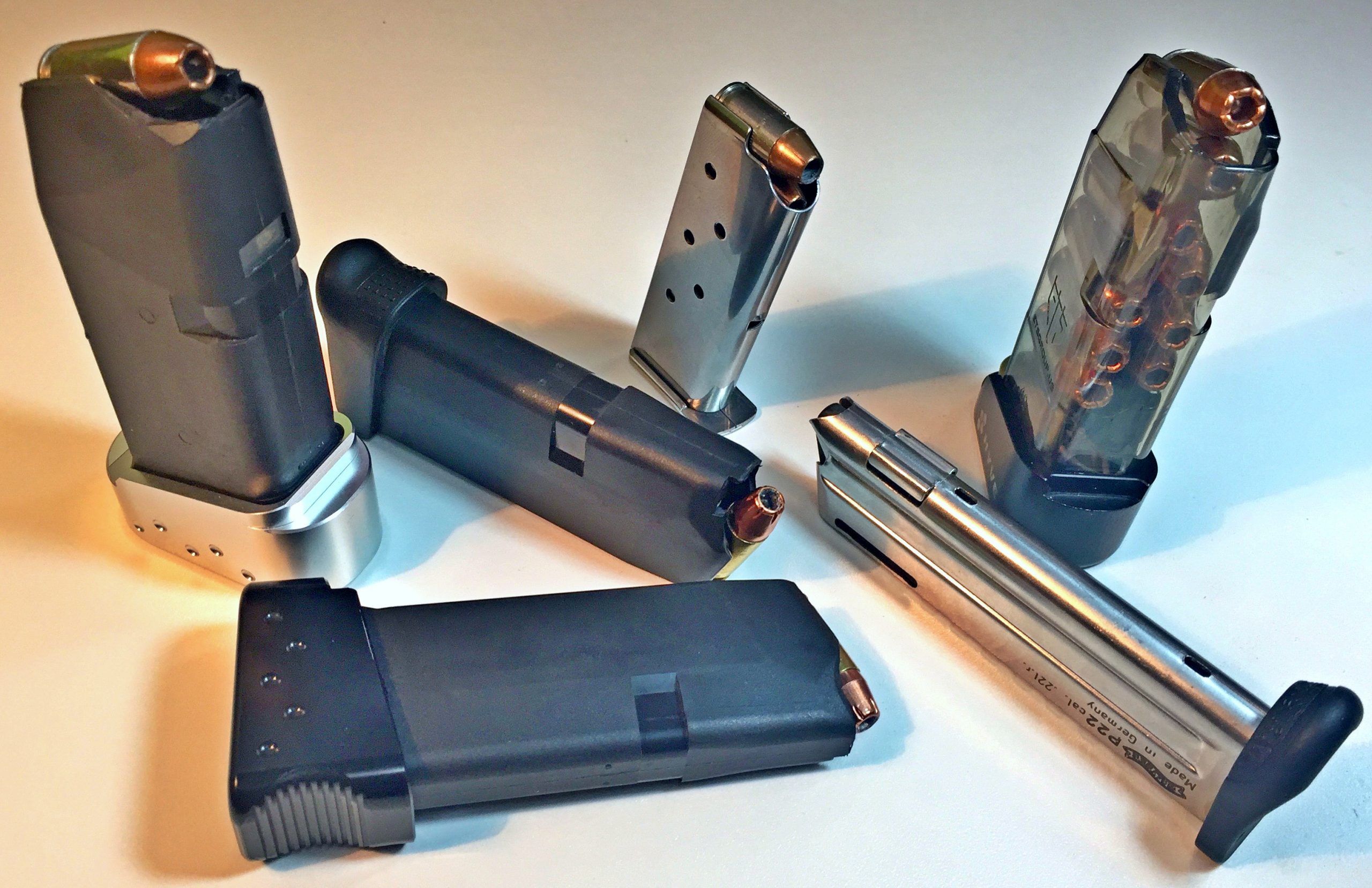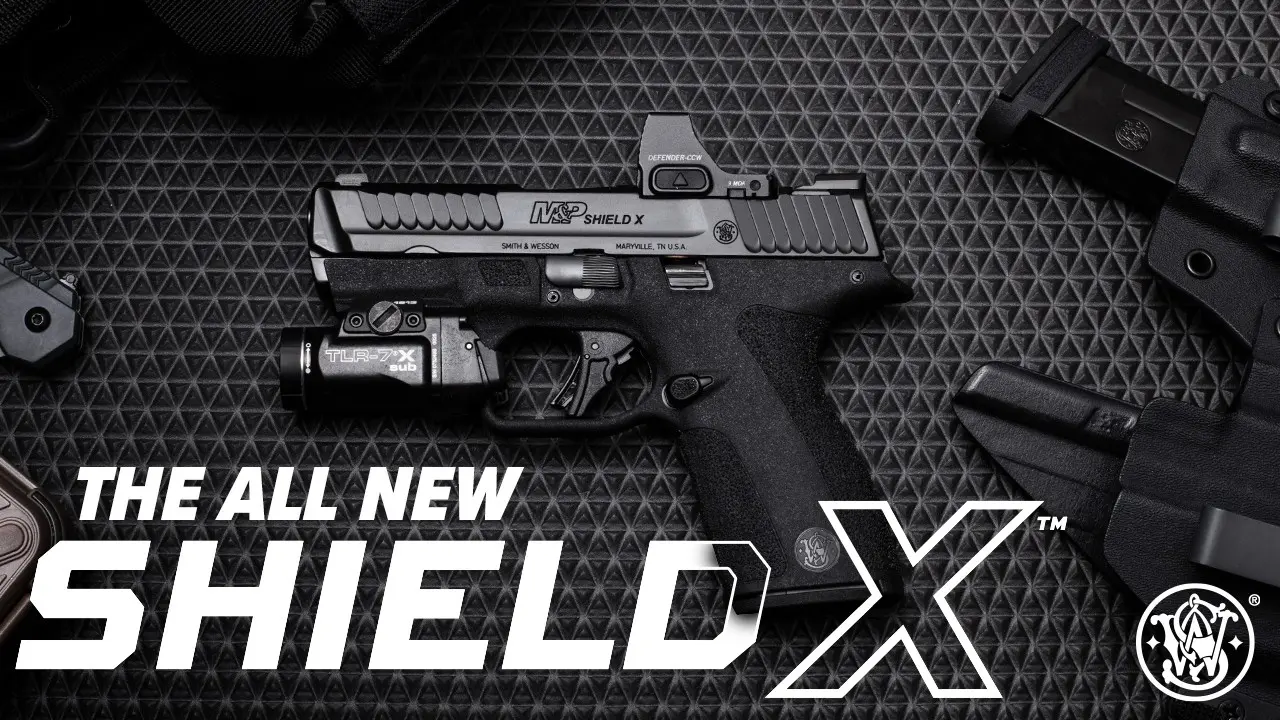In the world of firearm proficiency, the ability to swiftly and efficiently change magazines on a pistol is a crucial skill that can make a significant difference in various situations. Whether you’re a seasoned shooter or a novice, mastering this skill enhances your overall marksmanship and ensures your preparedness in real-world scenarios. Let’s look at why rapid magazine changes are important, the steps to execute them effectively, and how to practice this skill safely.
The Importance of Quick Magazine Changes
Tactical Advantage
Rapid magazine changes can provide a critical tactical advantage in self-defense or competitive shooting situations. Being able to reload quickly allows you to maintain control over the engagement, reducing the risk of being caught in a vulnerable position with an empty chamber.
Time is of the Essence
In dynamic scenarios, time is often the most precious commodity. Swift magazine changes can mean the difference between success and failure, especially when split-second decisions can be life-altering.
Continuous Engagement
When practicing at the range, quick magazine changes ensure a continuous shooting rhythm. This is particularly beneficial in scenarios that simulate real-life encounters, helping you build muscle memory and reflexes.
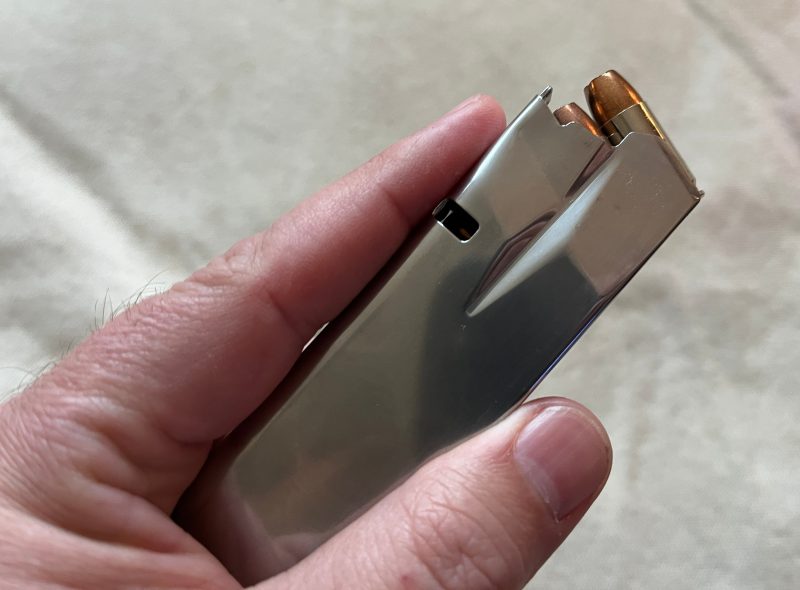
Safe Practice
Empty the Chamber and Remove All Ammunition
Before practicing magazine changes, ensure your pistol is unloaded, the chamber is clear, and there is no ammunition in the immediate vicinity. I suggest removing all ammunition from the room to minimize any chances of accidentally involving live ammo. Safety is paramount, and ensuring the firearm is empty of anything that will go bang is the foundation for secure practice.
Use Snap Caps
Consider using snap caps to simulate the weight and feel of live ammunition and let the slide work properly without the associated risks. These dummy rounds allow you to practice magazine changes safely while minimizing the chance of accidental discharges.
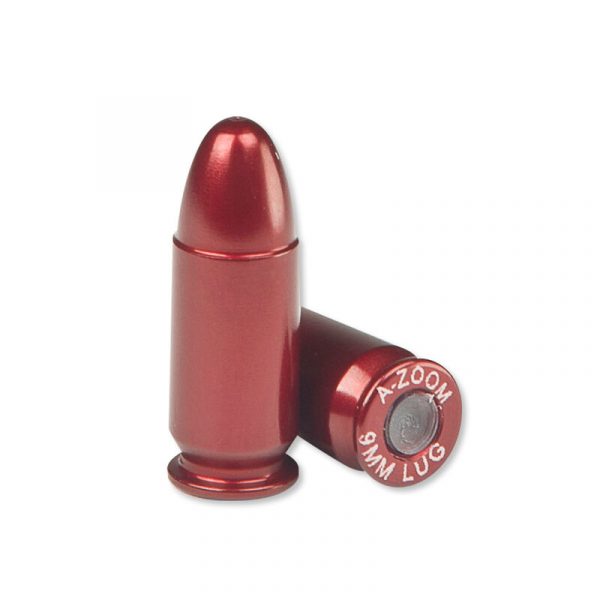
Choose a Controlled Environment
Practice magazine changes in a controlled and supervised environment, such as a shooting range. Range officers can provide guidance and ensure that safety protocols are followed. If you practice at home, I suggest facing a concrete wall or some other substantial barrier that will stop a round if one accidentally finds its way into the gun. Remember, the rules of firearm safety apply at all times, not just at the range.
Start Slow, Then Increase Speed
Begin practicing at a slow and deliberate pace, focusing on proper technique. As you become more confident and proficient, gradually increase your speed. Remember, speed should always be secondary to safety and accuracy.
Executing Efficient Magazine Changes
Establish a Stable Platform
Before attempting a magazine change, ensure a stable shooting platform. Plant your feet shoulder-width apart, bend your knees slightly, and lean forward. This stance provides a solid foundation, allowing you to stay on target while performing the reload.
Retain Trigger Finger Discipline
Maintain discipline with your trigger finger. Keep it indexed along the pistol frame during the entire process to prevent accidental discharges.
Use the Non-Dominant Hand Effectively
Efficient reloading involves mastering the use of your non-dominant hand. As you bring the pistol down to your chest level, use your non-dominant hand to eject the magazine by pressing the magazine release button.
Simultaneous Movements
To save time, initiate the magazine change and the draw of the fresh magazine simultaneously. This ensures a seamless transition between the two actions, minimizing the time your pistol remains inoperable.
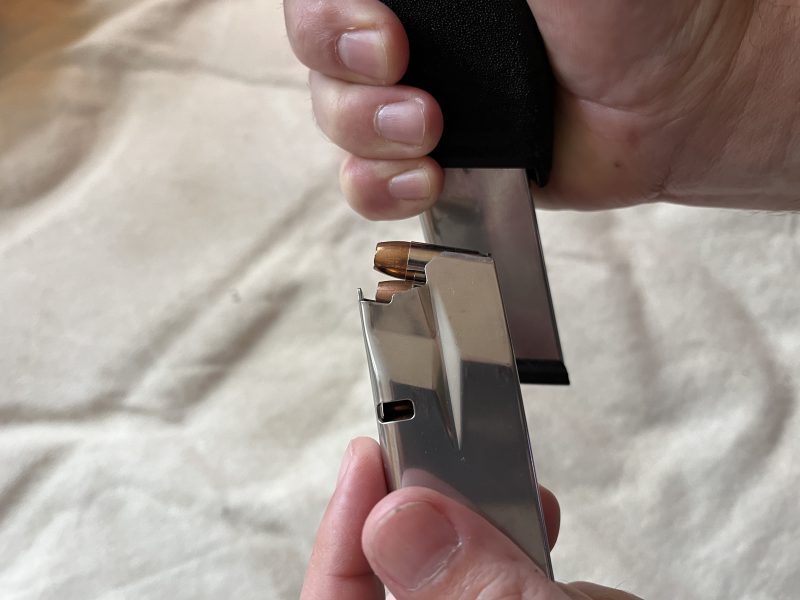
Practice Tactical Reloads
In addition to emergency reloads (when the magazine is empty), practice tactical reloads, where you replace a partially spent magazine. This adds versatility to your skill set, allowing you to adapt to different scenarios effectively. Again, this can be practiced with dummy rounds if you work on skill drills at home.
Unlike emergency reloads, tactical reloads are done with a round still in the chamber. Tactical reloads are best performed during a lull in the fight, when you’re not getting shot at, and you’re behind cover. Eject the partially empty magazine, stow it in a pocket for possible later use, and fish out a full magazine to put into the gun. DO NOT rack the slide, as there is already a round in the chamber.
The ability to quickly and efficiently change magazines on a pistol is a skill that every firearm owner should prioritize. Not only does it enhance your overall shooting proficiency, but it also contributes to your safety and preparedness in real-world situations. By following proper techniques and emphasizing safety in your practice, you can confidently master this essential skill and elevate your firearm proficiency to new heights.
ABOUT THE AUTHOR:
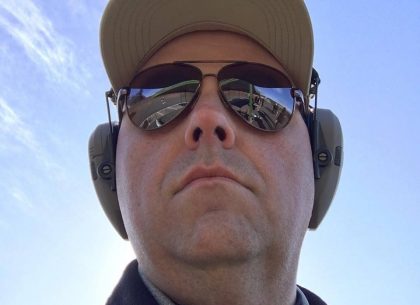
David Workman is an avid gun guy and a contributing writer to several major gun publications. As an NRA-certified instructor, David trains new shooters on basic handgun skills and CCW requirements and is a strong advocate for training as much as possible. “Real-life shootouts don’t happen at a box range.”
![]() You may also enjoy these popular articles:
You may also enjoy these popular articles:
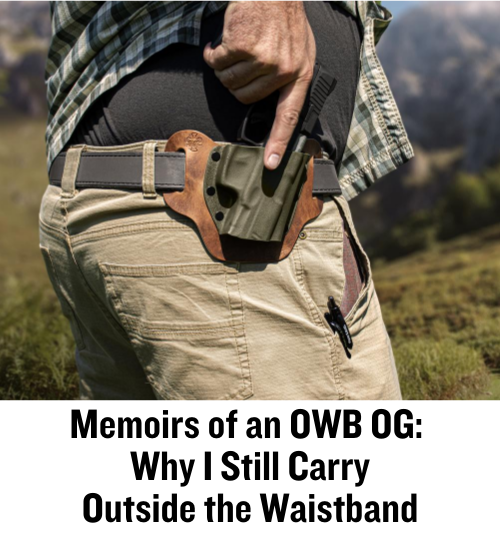
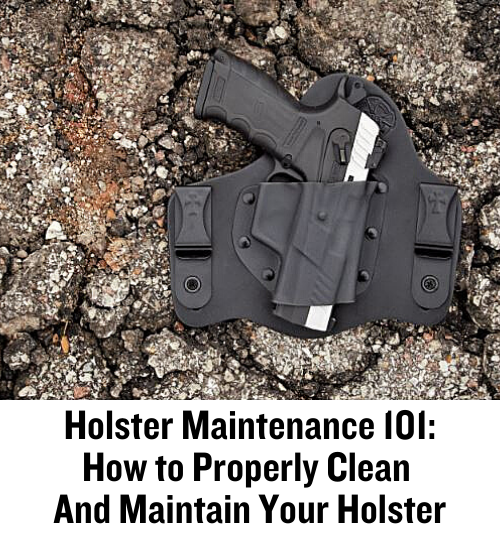
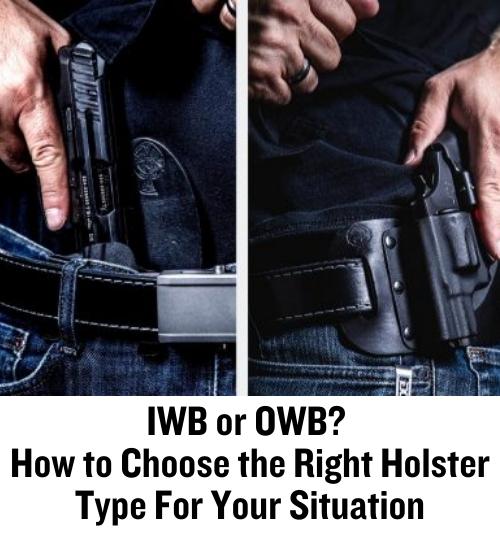

©MTC Holsters, LLC and CrossBreed Holsters Blog, 2023.
Unauthorized use and/or duplication of this material without express and written permission from this site’s author and/or owner is strictly prohibited. Excerpts and links may be used, provided that full and clear credit is given to David Workman and the CrossBreed Blog with appropriate and specific direction to the original content.

